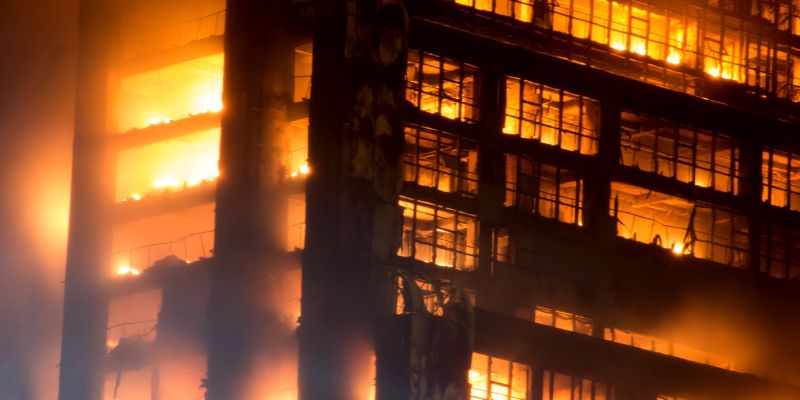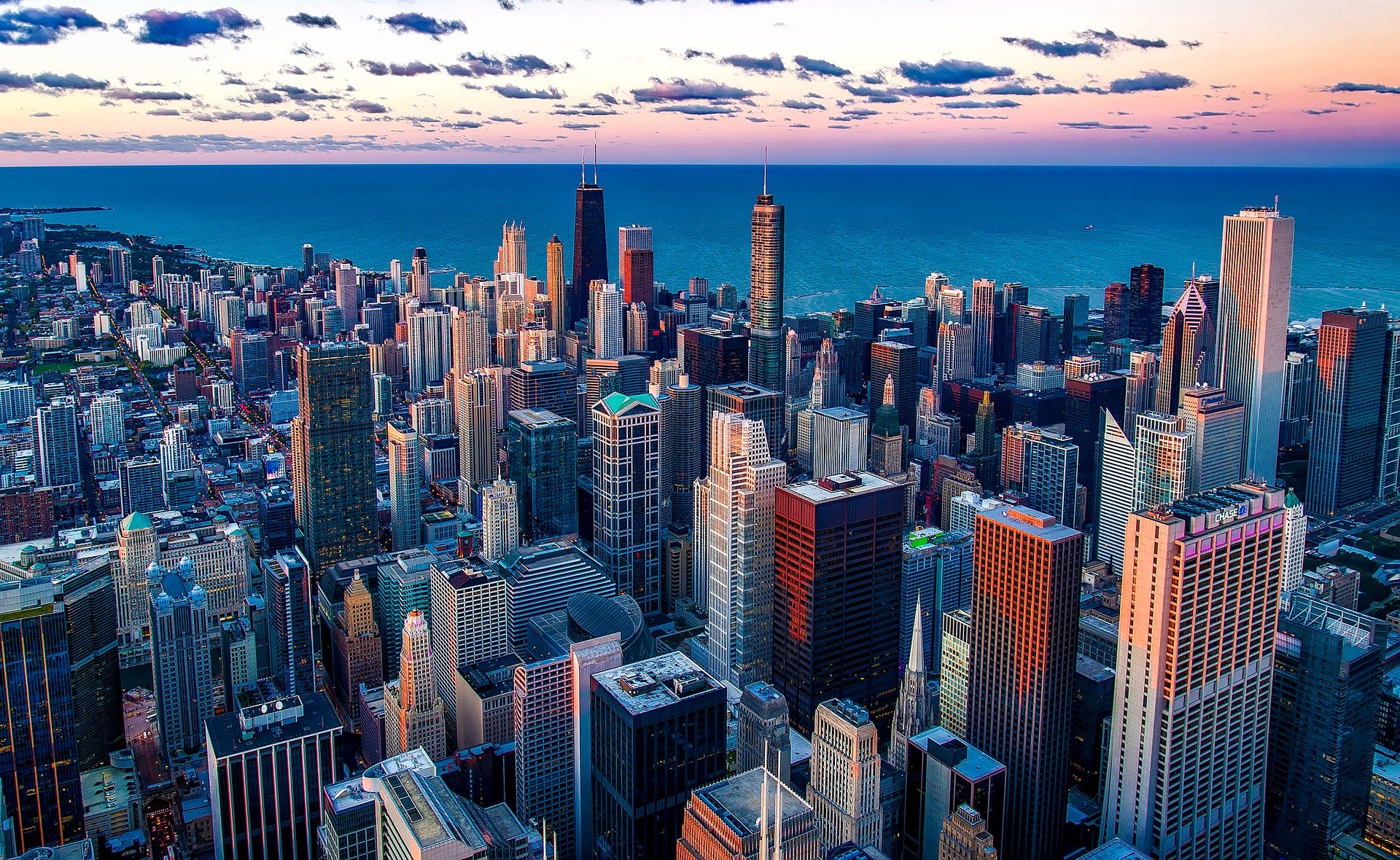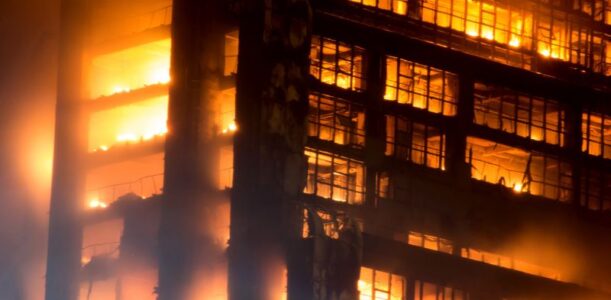
Proper installation of fire alarm systems is crucial for ensuring the safety of building occupants and compliance with fire safety regulations. Errors during installation can compromise system effectiveness, leading to increased risks and potential legal consequences. HRSS/SMG specializes in professional fire alarm system installations, offering expertise to prevent common mistakes and enhance overall safety.
Common Fire Alarm System Installation Mistakes
Improper Placement of Detectors
The effectiveness of a fire alarm system heavily depends on the correct placement of detectors. Common errors include:
- Near Drafty Areas: Installing detectors near doors, windows, or air ducts can expose them to drafts, which may lead to false alarms. Airflow in these areas can interfere with the detector’s ability to accurately sense smoke or heat, resulting in unnecessary disruptions and potential alarm desensitization.
- Proximity to Kitchens or Cooking Appliances: Placing detectors too close to kitchens or cooking appliances can cause nuisance alarms due to regular cooking activities. The heat and smoke generated during normal cooking can trigger alarms, leading to frequent false alerts and possible occupant complacency.
To ensure optimal performance, detectors should be strategically placed in locations where they can effectively monitor fire signs without being affected by environmental factors that could cause false alarms.
Inadequate System Design
A well-designed fire alarm system is crucial for comprehensive protection. Common design shortcomings include:
- Insufficient Coverage: Neglecting to tailor the system to the building’s unique layout and occupancy can leave certain areas unmonitored, increasing vulnerability to undetected fires.
- Lack of Scalability: Overlooking future modifications in building use or layout can result in an inflexible and costly system to upgrade, hindering its effectiveness as the building evolves.
Non-Compliance with Codes and Standards
Adherence to established fire safety regulations is essential for legality and safety. Frequent compliance issues include:
- Regulatory Oversights: Disregarding local, state, or national fire safety codes can lead to legal repercussions and endanger occupants.
- Use of Incompatible Equipment: Employing non-listed or incompatible components may breach code requirements, compromising system performance and safety.
Poor Wiring Practices
Proper wiring is fundamental to the reliability of fire alarm systems. Common wiring errors encompass:
- Faulty Connections: Incorrect wiring can lead to system malfunctions or false alarms, undermining trust in the alarm system.
- Unprotected Wiring: Failing to safeguard wiring against physical damage can impair system integrity, leading to potential failures during emergencies.
Neglecting Regular Maintenance and Testing
Ongoing maintenance and testing are vital for ensuring system readiness. Typical maintenance lapses include:
- Omitted Routine Maintenance: Skipping scheduled upkeep can result in undetected issues, diminishing system effectiveness.
- Irregular Testing: Failing to perform regular system tests may cause malfunctions to go unnoticed, leading to potential failures during critical moments.
By addressing these common installation mistakes, building owners and managers can enhance the safety and reliability of their fire alarm systems, ensuring optimal performance when it matters most.
Impact of Fire and Security System Installation Errors
Improper installation of fire alarm systems can have significant repercussions, both in terms of safety and legal or financial liabilities.
Safety Risks
- False Alarms: Frequent false alarms may lead to complacency among occupants, causing them to ignore real alarms, which can result in delayed evacuations during actual emergencies.
- System Failures: Faulty installations can cause system malfunctions, leading to delayed detection and response to actual fires, thereby increasing the risk of injury, loss of life, and property damage.
Legal and Financial Consequences
- Non-Compliance Penalties: Failure to adhere to fire safety codes can result in fines, legal action, and increased insurance premiums.
- Costly Repairs or Replacements: Improper installation may necessitate expensive repairs or complete system replacements to meet safety standards and ensure proper functionality.
HRSS/SMG’s Expertise in Fire Alarm System Installation
HRSS/SMG offers comprehensive fire safety and security solutions to mitigate these risks through expert fire alarm system installation services.
Professional System Design
We provide customized fire alarm system designs that consider each building’s unique layout and occupancy requirements, ensuring optimal coverage and functionality.
Compliance Assurance
Our team stays updated with the latest fire safety codes and standards, ensuring that all installations meet or exceed regulatory requirements.
Quality Installation Practices
Employing certified technicians, we adhere to best practices in wiring and component installation, reducing the likelihood of system failures or false alarms.
Ongoing Support and Maintenance
HRSS/SMG offers regular maintenance and testing services to keep systems functioning optimally, identifying and addressing potential issues before they become critical.
Proper fire alarm system installation is essential for ensuring safety and compliance. Partnering with experienced professionals like HRSS/SMG helps prevent common installation mistakes, safeguarding occupants and property. Contact us to learn more about safeguarding your fire and security system with expert design, installation, and support.



